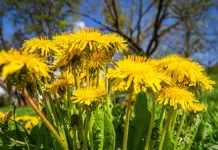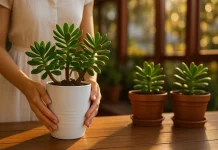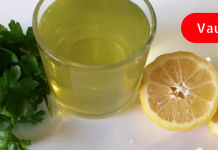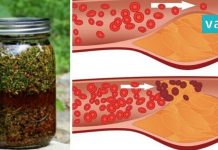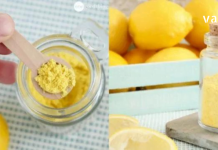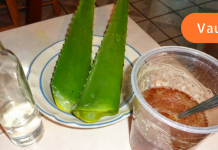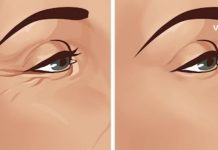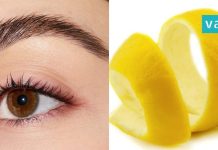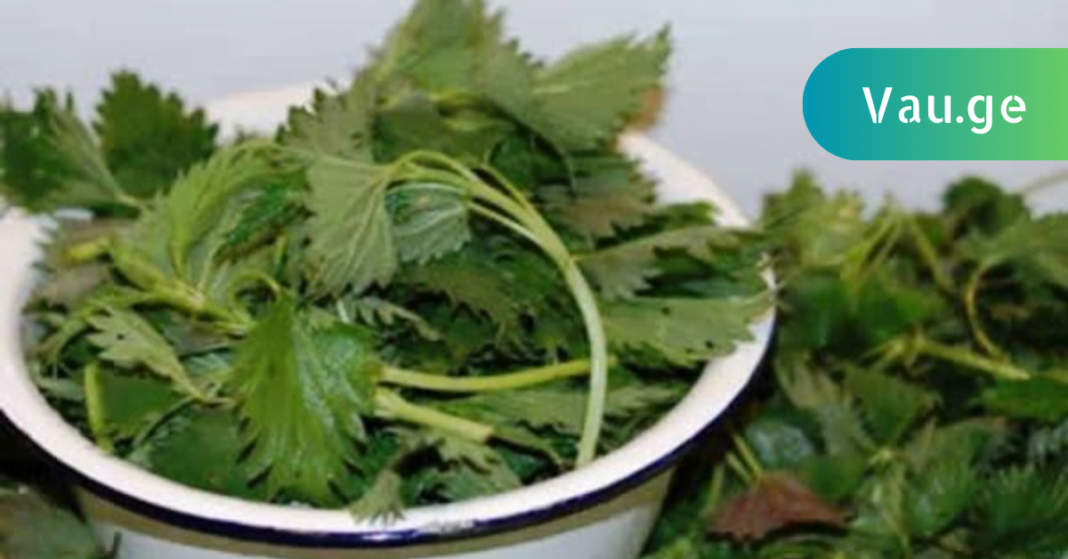Did you know that nettle can help manage diabetes? This is something I learned firsthand from my mother-in-law, who used it regularly as part of her treatment plan. Before her diagnosis, I used to believe that diabetes was caused by eating too many sweets. It seemed simple—consume too much sugar, and your blood sugar levels would spike, eventually leading to diabetes. However, when my mother-in-law was diagnosed with type 2 diabetes, I realized how misinformed I had been.
I learned that diabetes doesn’t necessarily result from eating sugary foods. In fact, the root cause lies in the pancreas failing to produce enough insulin, or the body becoming resistant to insulin’s effects. Insulin is a hormone that plays a crucial role in helping glucose enter cells, where it is used for energy. Without it, or without the body’s ability to respond properly to it, blood sugar levels rise, leading to the condition we call diabetes.
Initially, my mother-in-law followed her doctor’s instructions to the letter and took all prescribed medications. However, over time, she began to explore natural remedies and complementary therapies. One of the most important additions to her routine became nettle—a plant many people overlook or avoid due to its sting. But what many don’t realize is that this “stinging” herb is packed with powerful medicinal properties.
In our household, nettle held a place of honor in her herbal medicine cabinet. It’s often dismissed as a common weed, but research and traditional wisdom both point to its impressive health benefits. Scientists have identified over 100 biologically active compounds in nettle, making it a potent plant for healing.
In folk medicine, nettle is used to treat various chronic conditions, especially when the immune system’s response is weakened. It’s known to help with anemia and bleeding disorders, as it can increase red blood cell count and hemoglobin levels. Furthermore, it supports liver and gallbladder function and improves digestion. It’s even used in the treatment of tuberculosis. But one of its lesser-known properties is its ability to help lower blood sugar levels—a benefit that’s incredibly valuable for people with diabetes.
Here’s how my mother-in-law used to prepare nettle for this purpose:
Nettle Infusion Recipe
– Take 100 grams of fresh nettle leaves and place them in a thermos.
– Pour 1 liter of boiling water over the leaves.
– Let the mixture steep overnight.
– In the morning, strain the liquid.
– Drink 1/4 cup, three times a day, about 20–30 minutes before meals.
Important: Do not consume the infusion for more than 10–14 days at a time, as nettle can increase blood clotting and may not be safe for prolonged use without medical supervision.
After completing one course of nettle treatment, you can prepare infusions using other beneficial leaves, such as raspberry, strawberry, or blackberry leaves. Regardless of which plant you choose, it’s essential to regularly monitor your blood sugar levels throughout the process.
Here are a few more natural remedies we used, especially when we wanted to avoid medication or complement it with gentle, plant-based alternatives:
Oat and Kefir Recipe
– Place 1 cup of raw oats into a 3-liter glass jar.
– Cover with enough kefir to fully soak the oats, or alternatively, pour 1 cup of boiling water over the oats.
– Let the mixture sit for 24 hours.
– Then transfer it to a pot and bring it to a boil.
– As soon as it starts to boil, remove from heat, cool, and strain.
– Drink 1 cup twice daily: once in the morning on an empty stomach, and once before bedtime.
Treatment duration: 2 months.
Horseradish Juice and Kefir Combo
– Mix 1 tablespoon of fresh horseradish juice into 1 cup of kefir.
– Drink half a cup in the morning and half a cup in the evening before meals.
Another beneficial tea mix we used involved a combination of leaves and flowers:
Herbal Tea Blend for Blood Sugar Control
– 60 grams of strawberry leaves
– 40 grams of linden (lime blossom) flowers
– 30 grams of calendula flowers
– 100 grams of blueberry leaves
Preparation:
– Mix the herbs thoroughly.
– Use 1 tablespoon of the blend per 1 cup of boiling water.
– Steep for a few minutes.
– Drink 1 cup, 3 times a day, after meals.
As always, it’s crucial to monitor blood glucose levels during any herbal treatment. And once your blood sugar normalizes, consult with your doctor before continuing or adjusting your herbal regimen.
In conclusion, while medications are often necessary for diabetes management, traditional remedies like nettle can play a supportive role. My mother-in-law’s experience showed me that nature offers powerful tools—if only we take the time to learn and respect them.
